Be berlin
The city that invites in diversity is inviting you.
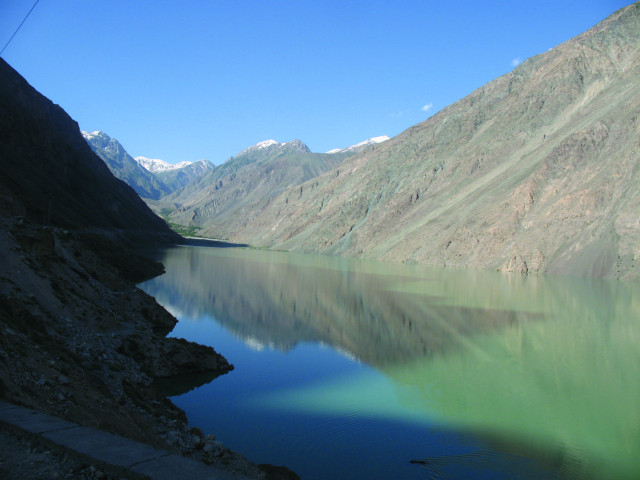
Even though its been 21 years, I was told by numerous people that “I must go see the Wall” when I visit Berlin. This despite the fact that there is no Wall and there is no dividing line running through Berlin, although it still seems to be engraved in many Berliners who will mention it in every conversation.
But Berlin has just about everything else. The “Be Berlin” campaign was launched in October 2008 which encourages the city’s inhabitants to share their reasons for loving the city, and has come to stand as a symbol of change for many of them. Germany’s capital has indeed undergone a massive change and is still developing in many ways. Berlin is home to over 400 art galleries, theatres, is a fashion and business hub, has some of the coolest cars, dozens of clubs that play different music, coffee shops and bakeries, restaurants serving food that foreigners living in the city probably find in their home town, forests, lakes, museums, international brands and so much more.
However, certain famous landmarks have definitely been exaggerated and made to seem larger than life. Walking down Friedrichstadt to Checkpoint Charlie, I was incredibly excited to see the place where one would cross into the Soviet sector and get a chance to relive the Cold War era. I was severely disappointed because Checkpoint Charlie is essentially just a small room with a young man dressed up as a US soldier holding the Stars and Stripes. He is surrounded by sand bags and tourists can take a picture with him for seven Euros. It is possible that my disappointment was due to my overly high expectations or because sand bags and checkposts dot the streets of Karachi and thus were nothing new to see.
What did draw me into Berlin were other things. The beautiful architecture, the greenery that surrounds the city, the fact that seemingly out of nowhere the Brandenburg Gate appears and transports you into history. One second you’re walking down a bustling avenue and the next you’re in a historical boulevard but can still find a Starbucks nearby. Berliners seem to be genuinely happy people and as one resident said, “The new generation is open to change and welcome newcomers, it’s only the bus drivers who are staid and stoic and don’t really want to talk.”
On Friday evening you will sense festivity in the air as Berliners welcome the weekend, by drinking of course, but also by crowding the streets laughing and talking, taking long bicycle rides and browsing through stalls at bazaars. Flea markets will appear out of nowhere on the weekend and while Saturday may be spent with friends, family’s can be seen playing football and lazing in the sun while listening to music in parks on Sunday.
Being a Pakistani, I was a little worried that my brown skin might cause some racist comments but not a single one came my way. Berlin has over 470,000 foreigners, many of them Turks, so you will see people of every skin colour walking on the streets.And when you began craving desi food, it is remarkably easy to find a Turkish restaurant and eat (halal) spicy donor kababs and shawarmas.
What surprised me about Berliners was how interested they were in their own culture. The Art Forum Berlin was packed with visitors of all ages, museums were filled with city folk, bus number 100 (which is essentially a tourist bus as it takes you around the city to tourist sites) was so full that people were forced to leave (by the surly bus driver) and even street art is given a sort of reverence. Graffiti is not looked at negatively and instead guides discuss the painting on walls with pride.
Similarly, a shelled building from World War II is not considered old and decrepit, but instead is seen as a piece of history. One such building has become a popular hangout where coffee shops and jazz clubs have sprung up and is also home to up and coming artists who have made studios in its rooms and paint, sculpt, mould and sell their wares in the space.
Berlin was never on my list of top 10 places to visit but now, it’s definitely on my list of top places to revisit.
Published in The Express Tribune, November 14th, 2010.



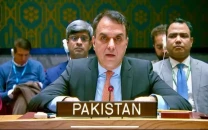
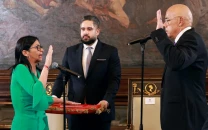
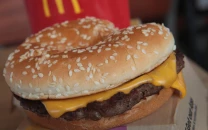
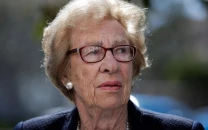












COMMENTS
Comments are moderated and generally will be posted if they are on-topic and not abusive.
For more information, please see our Comments FAQ